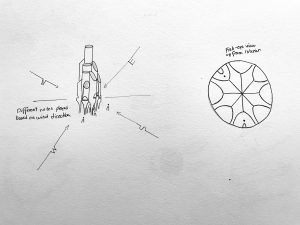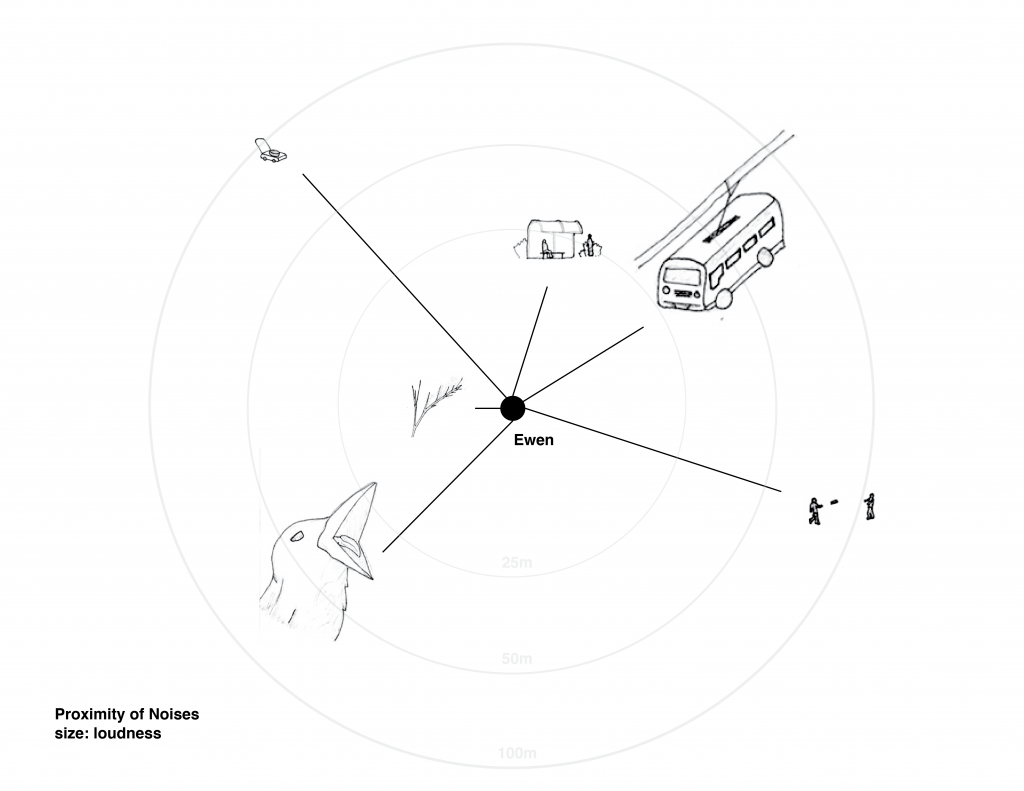

Wind Object: Inspired by a shell at the beach, the object captures wind at the top and funnels through a tube that gets smaller at the and, making a more acute, higher pitched output.
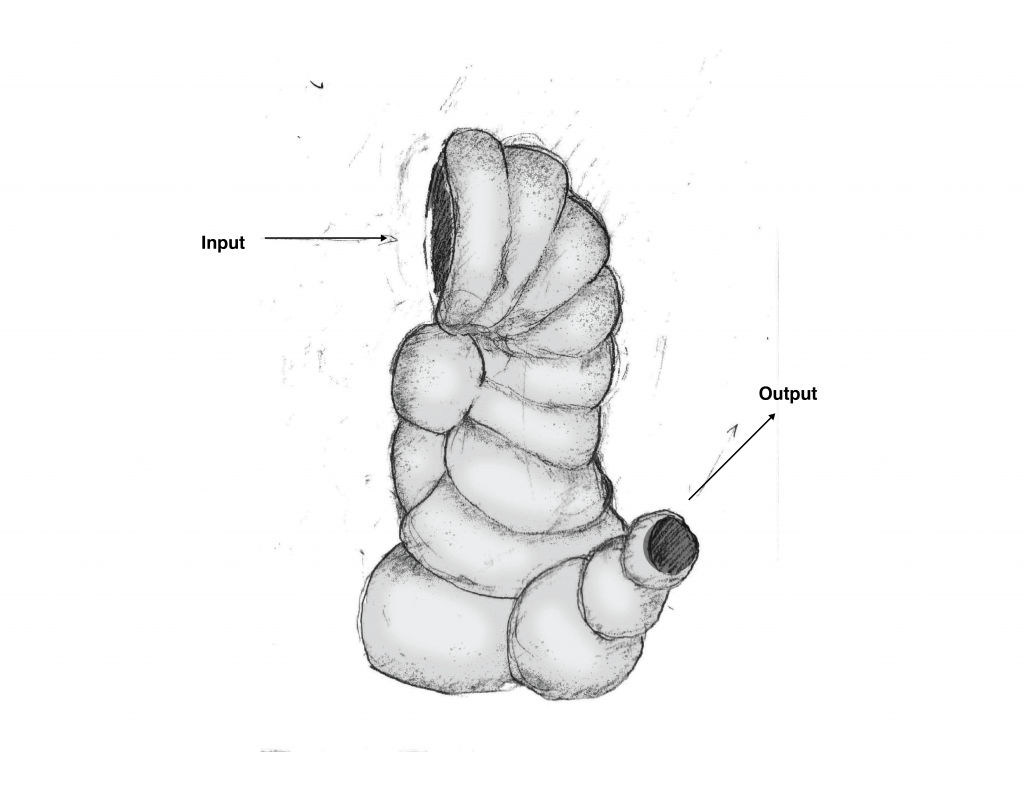

School of Architecture and Landscape Architecture (SALA), University of British Columbia


Wind Object: Inspired by a shell at the beach, the object captures wind at the top and funnels through a tube that gets smaller at the and, making a more acute, higher pitched output.

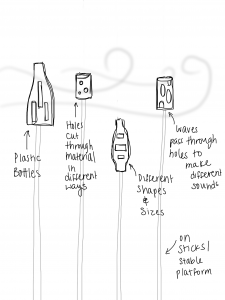
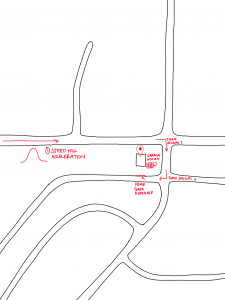
When I was little after every family gathering I would lay in the backseat while my dad drove. I did this so often that I eventually memorized the specific sounds that I would hear when we got close to home. These sounds evoke a deep memory for me so I wanted to capture them and the place they would occur on the map. First my dad would accelerate up the hill by our house, then he would use his turn signal twice to turn into our backyard, then the car would make a bumpy noise as its tires glided over the gate, and finally he would park the car and open the garage door.
At home exercise
Part 1 – Tuning In
For this exercise I was sitting at the gate in the Vancouver Airport waiting for a flight. I wasn’t intending to do the exercise at this time but as I was waiting for my flight I noticed the sound of birds chirping. I looked up to see if I could find the sound source, expecting to see one or two birds who somehow made their way inside the building, but couldn’t see anything. The noise continued and I never did see any birds, which brought me to the conclusion that the chirping was artificial and being played over a speaker. This was intriguing as I assume there is a psychological affect as the sounds are played as a kind of “white noise” to make waiting more pleasant for people. This is when I decided to draw a sound map of the different noises going on around me. I used colours and paint brush styles to depict the impression of the different sounds I was hearing, while intensity of colour marks how loud or soft the sound was.


Part 2 – Windplay
For the windplay assignment, I made a Japanese-style wind chime. A piece of paper is tied to a washer, which hangs inside a glass jar. When the paper blows in the wind. the washer hits off the jar and makes a clinking noise. I imagine chimes of different jar sizes making higher or lower pitched sounds depending on the size and intensity of the wind

In class activity:
Line drawings, showing the pitch of each sound
Video of grand piano sound:
By compiling three sound videos, I could recognize that the major vibrant sound is different by moving around the space while he was playing the piano.
All three sounds have the merged sound of talking, piano, and etc as the background in common.
Talking for the first clip, half talking and half piano for the second clip, and piano melody and the sound, created by hitting the keys for the third clip are the major sound for each one.
in class:
guessing where on the piano is being played , vertical axis is time, horizontal axis is the piano.
At home
I went on a walk in my neighborhood and sat on a bench near a fence and some trees. I couldn’t see behind the fence or trees at all, but I could hear this was a construction site of some sort. This is a map of where I could hear sounds coming from the site, and my subsequent analysis.
Pt 2: Windplay
Taking advantage of a tunnel to get more airflow.
For this assignment, I visited a newer residential project in Marpole, where I sat down, tried to document the sounds that I was hearing, and tried to categorize them into broad categories (represented in the graph below). I realized a few limitations to my approach as I was compiling the results:
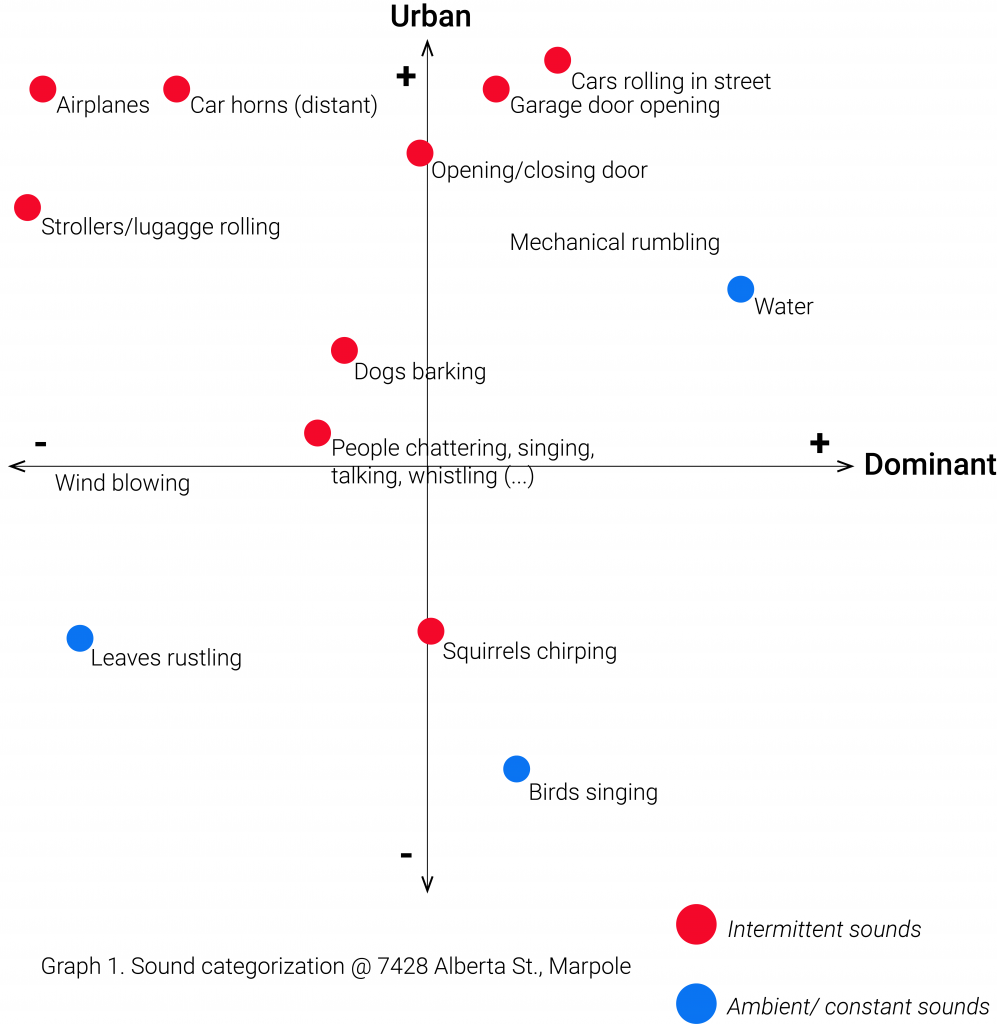
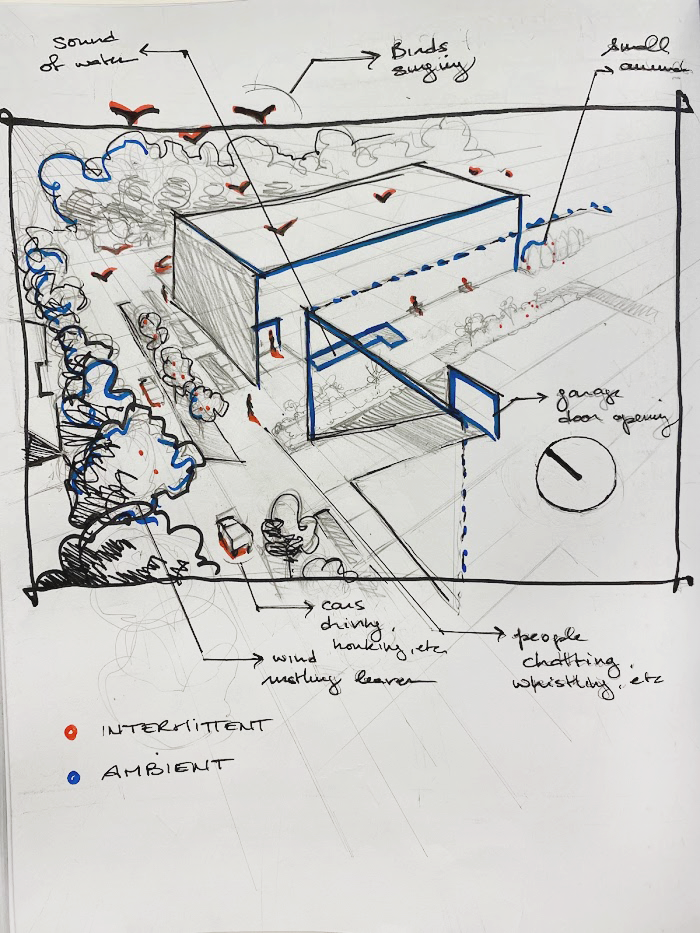
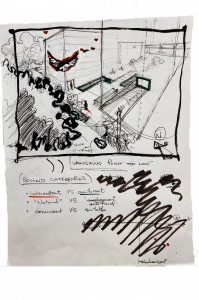

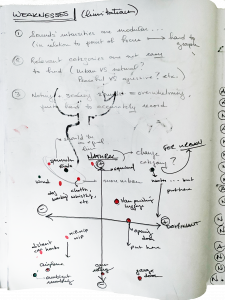
For the wind sculpture, I generated a few images using Midjourney V4 in order and a basic prompt: “A simple urban sculpture that transforms wind into music.” Below are the resulting images, and my own alteration:


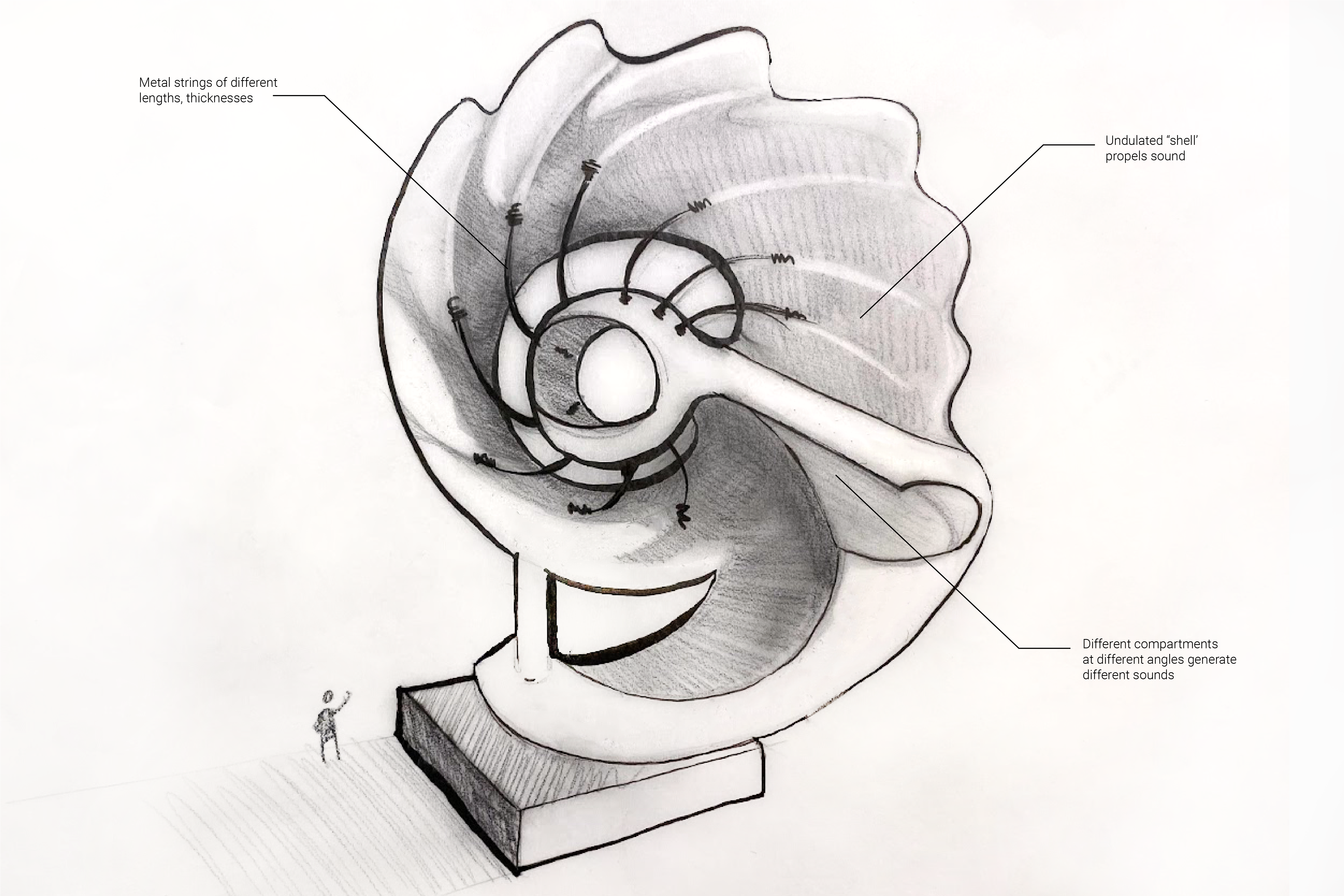
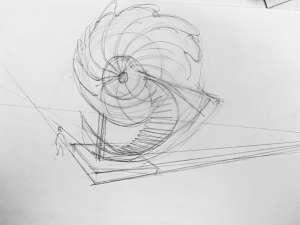
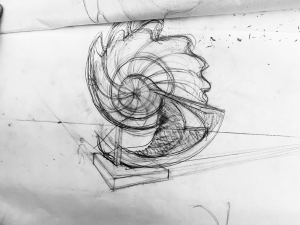


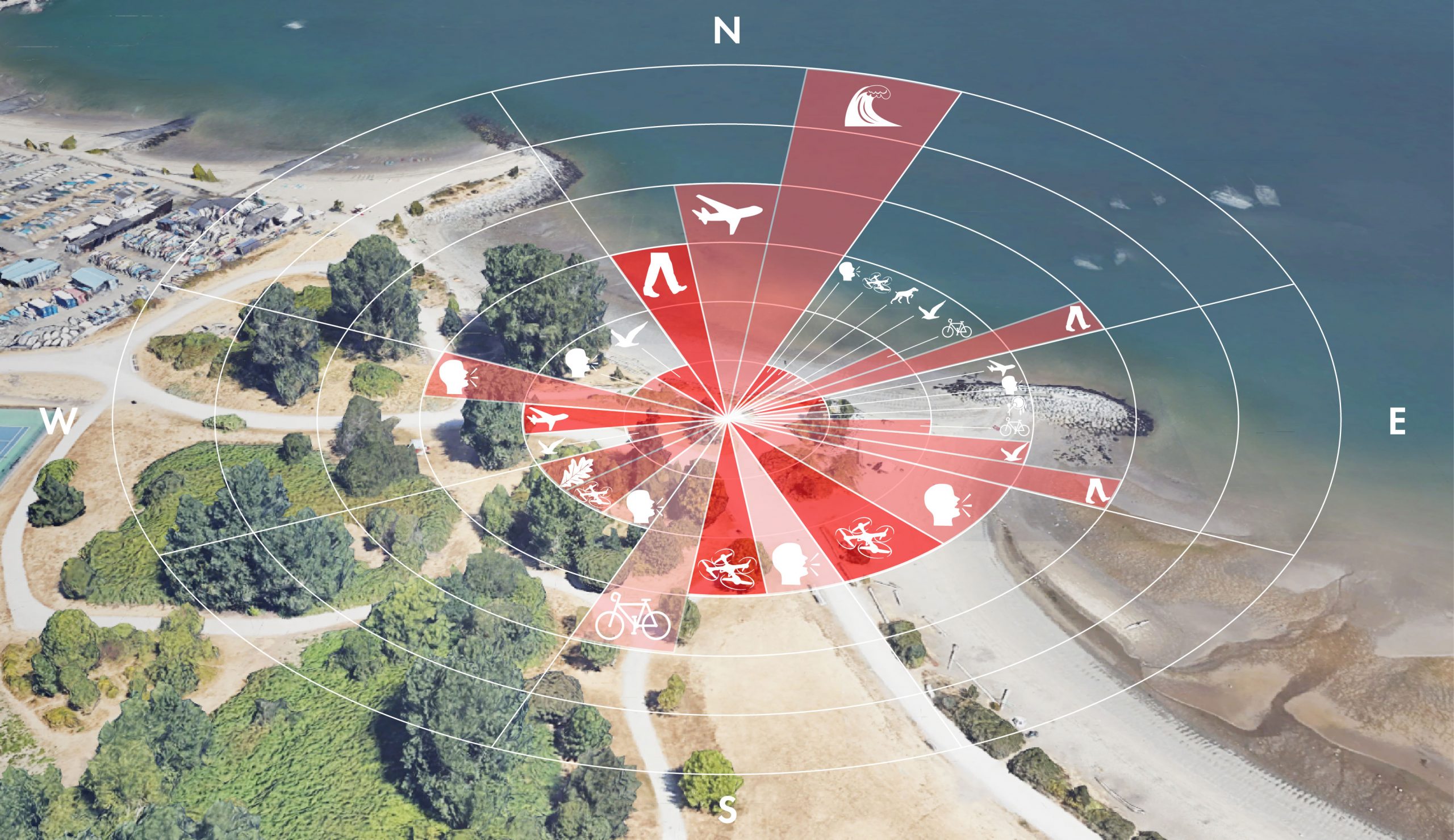
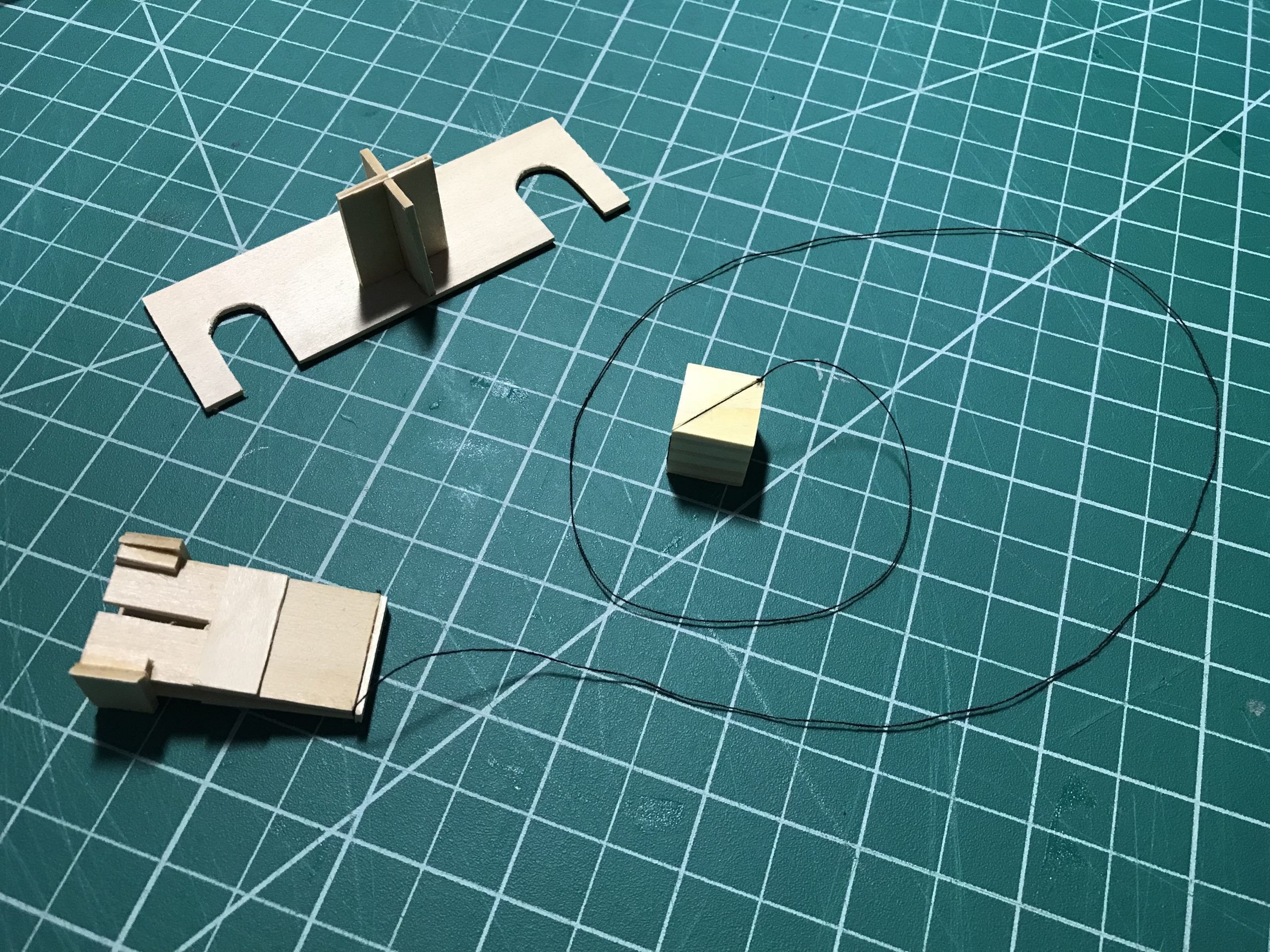

The first in class drawings were done based only on sound, without visual aid. I experimented with a circular timeline of shapes representing sounds within an enclosed car, than a more traditional linear timeline of patterns moving in a single direction on nature sounds. I drew patterns in enclosed rectangles to represent the individual bird songs within the nature audio.

The second in class drawing was done as Daniel played the piano for us. Although I know next to nothing about the piano, I developed my own system of amorphous shapes to represent keys, then staggered these shapes on top of and beside each other to signify a melody. A small diagram farthest to the left explains this. I was also sure to point out where I felt specific keys in my own body. Certain notes that hit the hardest/loudest I was able to feel reverberating behind my eyes or in my stomach.

For my first drawing I sat in a courtyard downtown Vancouver and mapped all the sounds I heard in a section drawing. I created patterns around each source of noise that I felt fit said noise best. I then drew textured spheres based on what those sounds felt like as they arrived in my ears.

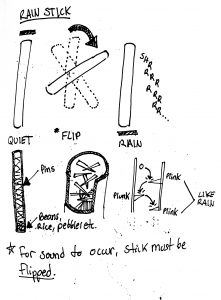
For my windplay object I began with looking at objects that made sounds I liked, and broke down their components to figure out what motions took place in order for their sounds to occur. I first looked at thunder sheets, historically used in plays to mimic the rumbling sound of thunder. I then analyzed rain sticks and researched how the sound was created inside of the rain stick tube.
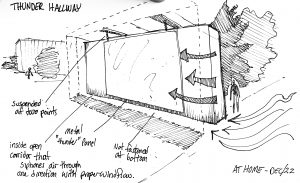
For my windplay object I chose to develop components of a thunder sheet at a larger scale. The metal sheet is suspended in a concrete corridor as to keep the sheet within the direct path of a flow of wind, causing it to jiggle and create noise.

Because I’m assuming the concrete hallway directs thunder noises created by the sheet in specific directions, I began to think about how this object would be placed in a social setting. I tried to think about how the object would need to be consciously oriented toward social spaces or pathways so people can truly be within the noise that the object creates.

3D Mapping

Sound Wave Visualization

Audio Emotion
Sound as particles and waves reflecting off surfaces
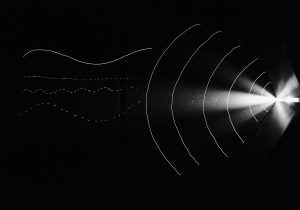
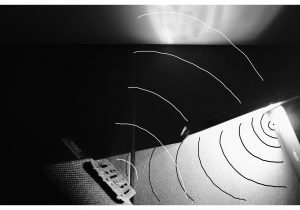


Sound in space (nest)
Windplay
